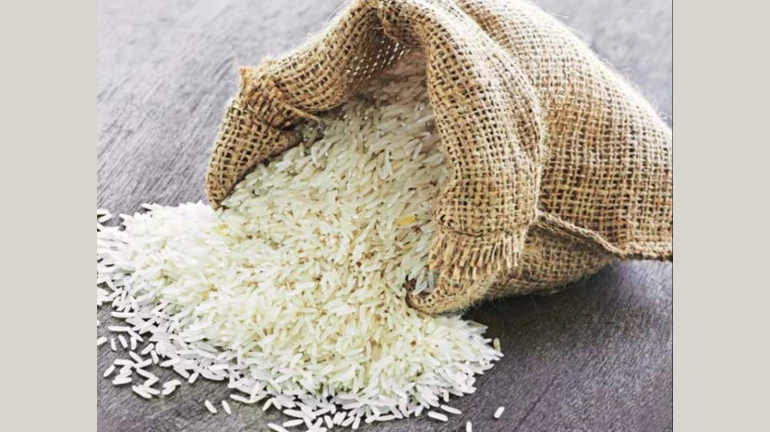
Rice, a staple food for many, is on its way to becoming a luxury food. Retailers have hiked the price of this grain by 10-20 per cent in the wholesale market over the past month. The reason has been attributed to last year's dry weather and decreased rainfall, which led to a drop in rice production.
This has pushed up the cost of rice by INR 5–10 per kilogramme across all varieties. Basmati rice, a premium variety, now costs INR 70–110 per kg. This is an increase from last month's INR 65–100 per kg. Ordinary rice hasn't been spared either, with prices rising from INR 22–60 per kg to INR 28–70 per kg.
Rice supply to the Agricultural Produce Market Committee (APMC) market in Vashi primarily comes from the southern Indian states of Uttar Pradesh and Gujarat and several areas in Maharashtra like Nagpur, Thane, and Chandrapur. Basmati rice, on the other hand, is mainly sourced from the northern regions of the country.
With the rainy season fast approaching, traders are stocking up on food grains to reduce waste in transportation. However, there's a shortage of both Basmati and Kollam rice, the latter being a daily staple in the region. This supply-demand imbalance has led to a price hike across all varieties.
The price surge has been particularly felt due to a supply deficit in Uttar Pradesh. Reports indicate that the country's rice output has dipped for the first time in about eight years, leading to a 50% drop in market arrivals. For now, the prices are expected to remain high. However, a good monsoon this year could balance the situation.
The ripple effect of this price surge is evident in the cost of meals. A recent survey from the monthly Roti Rice Rate report revealed that the average price of a vegetarian thali increased by 9% in May. This was mainly due to the rising cost of vegetables. However, a drop in broiler prices helped offset the cost of a non-vegetarian lunch.





